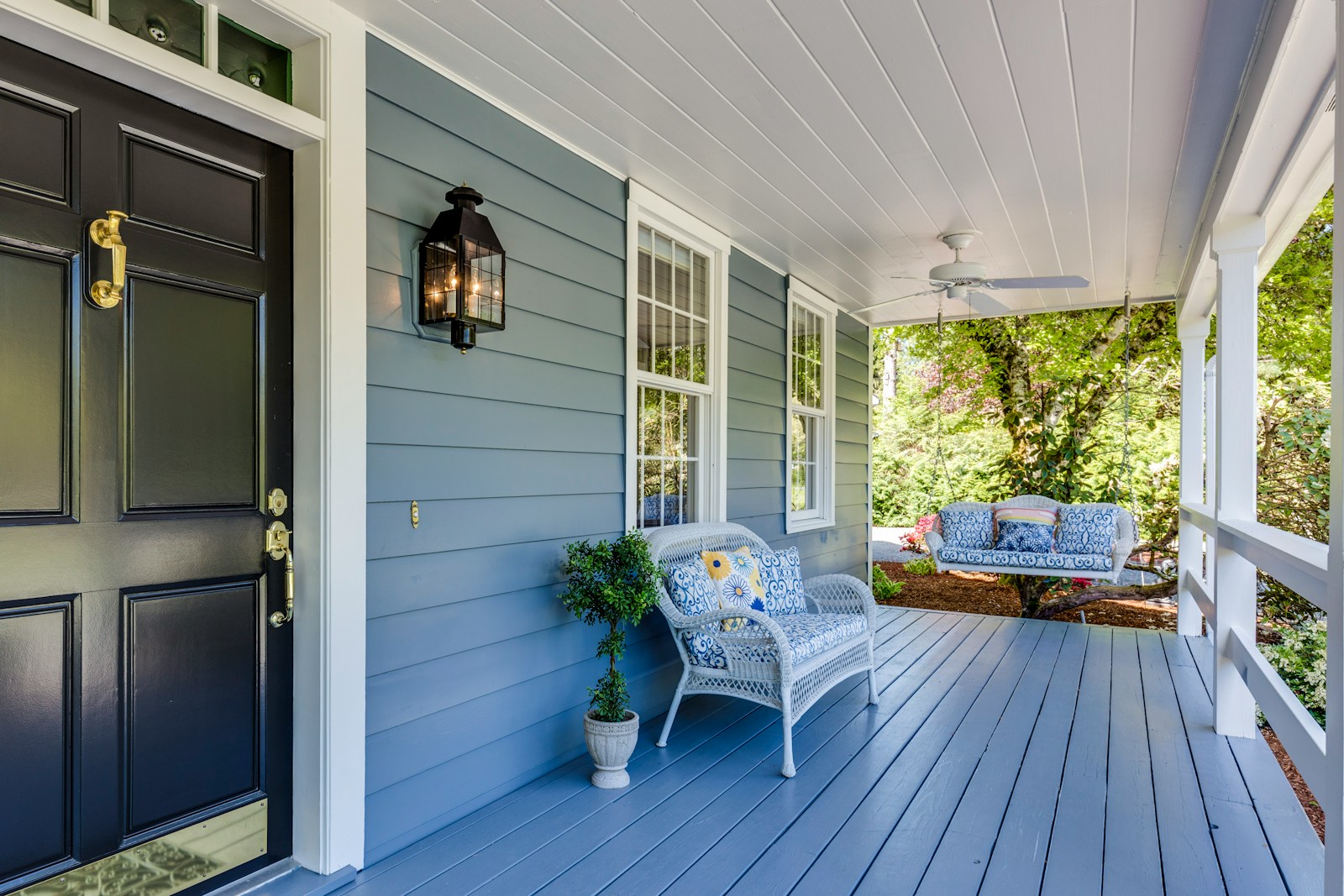Choosing a Cohesive Color Palette for Your Home
Color is one of the most powerful tools in interior design. It sets the mood, defines the style, and ties your space together. But with so many shades and tones available, choosing a cohesive color palette for your home can feel a bit overwhelming. This guide will help you create a color scheme that flows from room to room and reflects your personal taste.
Understand the Role of Color in Design
Colors do more than look pretty—they affect how you feel in a space. Soft neutrals create a calming environment, while bold tones can energize a room. Warm colors (like reds, yellows, and oranges) add coziness, while cool colors (like blues and greens) bring a sense of serenity and space.
Start with One Inspiration Piece
Look for something you already love—like a rug, piece of art, or throw pillow—and build your palette around it. Pull colors from that item to create a base. This ensures that your palette feels grounded and personal from the start.
Choose a Base Color
Your base color should make up about 60% of your palette. It’s often a neutral like white, beige, gray, or soft greige. This color acts as your backdrop and helps tie everything together from room to room.
Add One or Two Accent Colors
Accent colors bring personality to your space. These can be bold or soft, depending on your style. You’ll use them for pillows, decor, smaller furniture, or a feature wall. Limit to one or two main accents to keep things cohesive.
Layer with Supporting Shades
Think of these as “bridge” colors—shades that sit between your base and accent colors. These could be muted versions of your accents or complementary tones. They help smooth the transition from room to room and create visual depth.
Use the 60-30-10 Rule
This classic design principle helps balance color across your home:
- 60% base color (walls, large furniture)
- 30% secondary/supporting color (textiles, curtains)
- 10% accent color (art, accessories, decor)
Adjust these percentages to suit your space and preferences.
Test Before You Commit
Always sample paint colors on your actual walls before making a final decision. Light changes throughout the day and can alter how a color appears. Test a few shades next to each other and observe them over a couple of days.
Repeat Key Colors Throughout Your Home
To make your home feel connected, repeat certain colors—especially your base and accent shades—in different rooms. This creates a consistent thread that ties everything together, even if each room has its own personality.
Use Neutrals as Anchors
Neutrals help anchor bold or trendy colors. If you love color but worry about going too far, ground your palette with whites, grays, or wood tones. This keeps your space from feeling chaotic or overwhelming.
Have Fun and Trust Your Instincts
There are no strict rules. If a certain color combination makes you feel good, go for it! Use guidelines as a starting point, but don’t be afraid to break them when something truly resonates with your style.
Conclusion
Choosing a cohesive color palette for your home is all about balance, flow, and personal expression. With a thoughtful approach and a little experimentation, you can create a space that feels harmonious, inviting, and uniquely you.
Frequently Asked Questions
What’s the easiest way to start building a color palette?
Start with something you love—like a rug, painting, or fabric—and pull colors from it. This gives you a solid and inspiring foundation.
Should each room in my house have a different color palette?
You can switch things up, but repeating key colors helps maintain a sense of flow and unity throughout your home.
What if I like bold colors but want a cohesive look?
Use bold colors as accents and ground them with neutral bases. Repeat those bold tones in small touches across rooms to keep things connected.
How many colors should I include in my palette?
A good rule of thumb is three to five colors: a base, one or two accents, and a few supporting or neutral tones.
What if I change my mind after painting a room?
That’s totally normal! Paint is one of the easiest and most affordable things to change. Live with it for a while—if it doesn’t feel right, you can always repaint.
© 2025 GardeningandDecor.com. All rights reserved.



